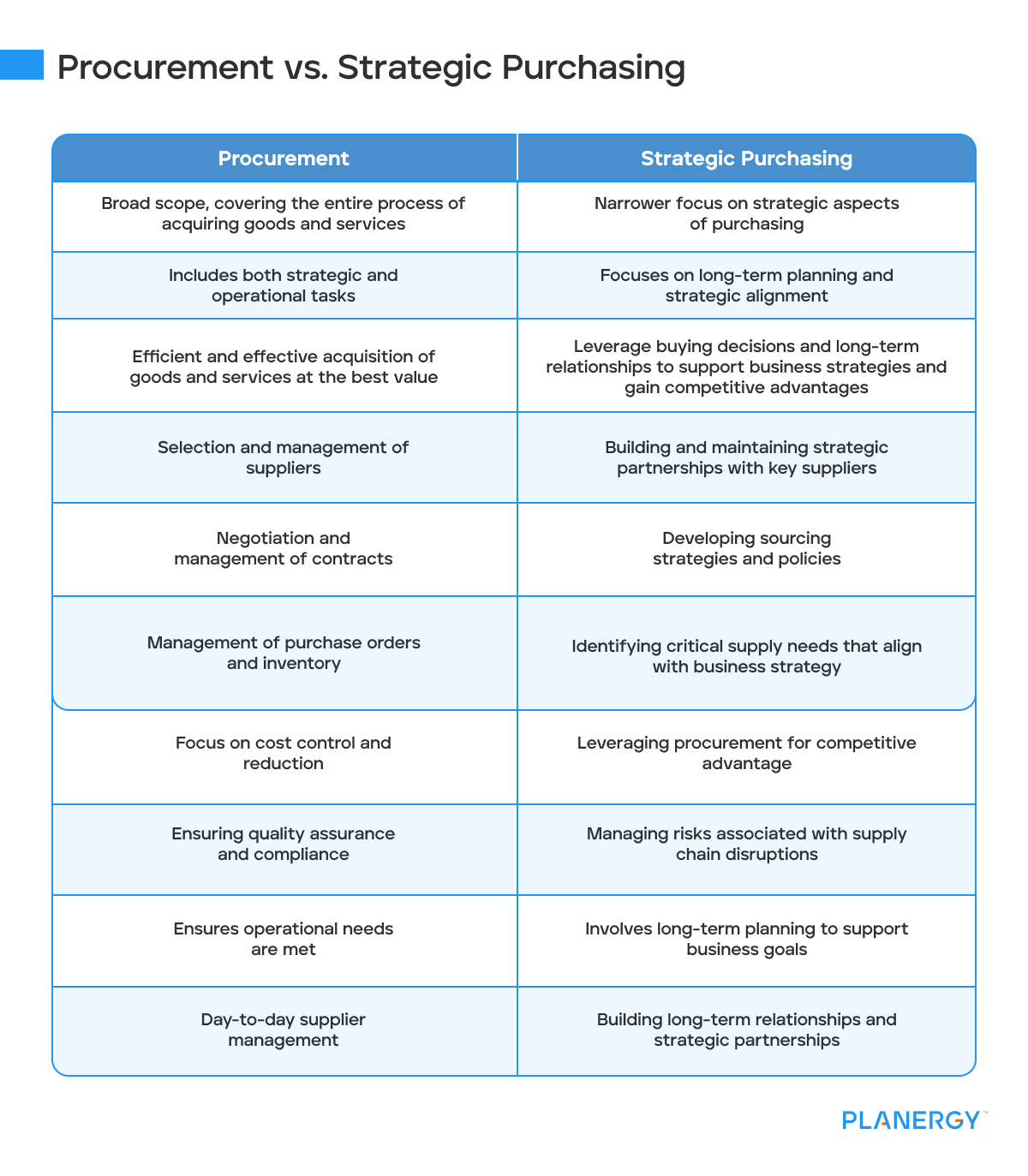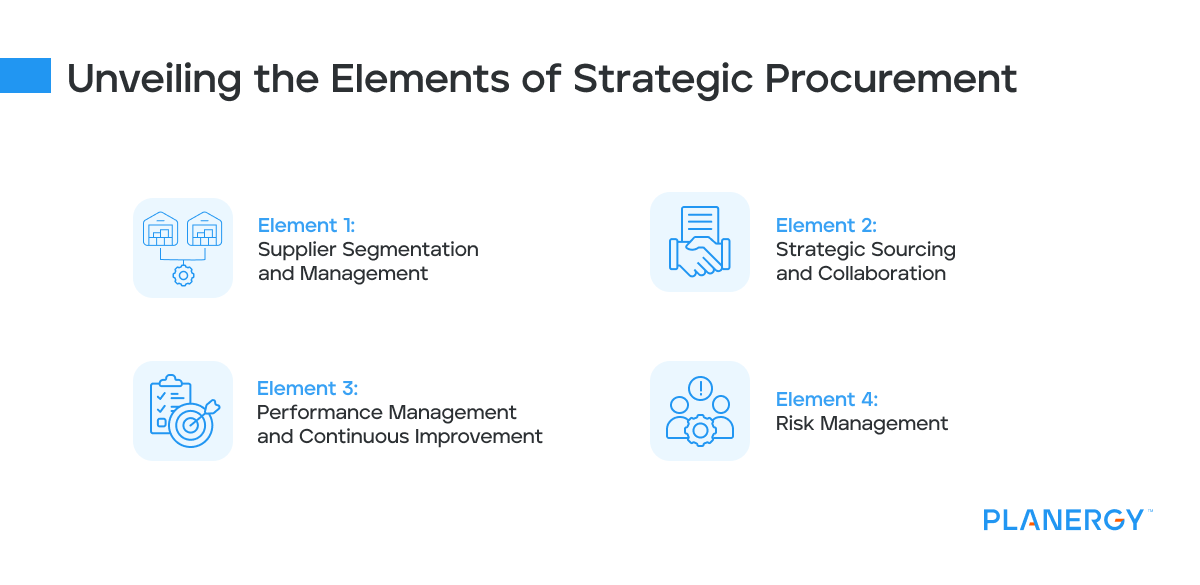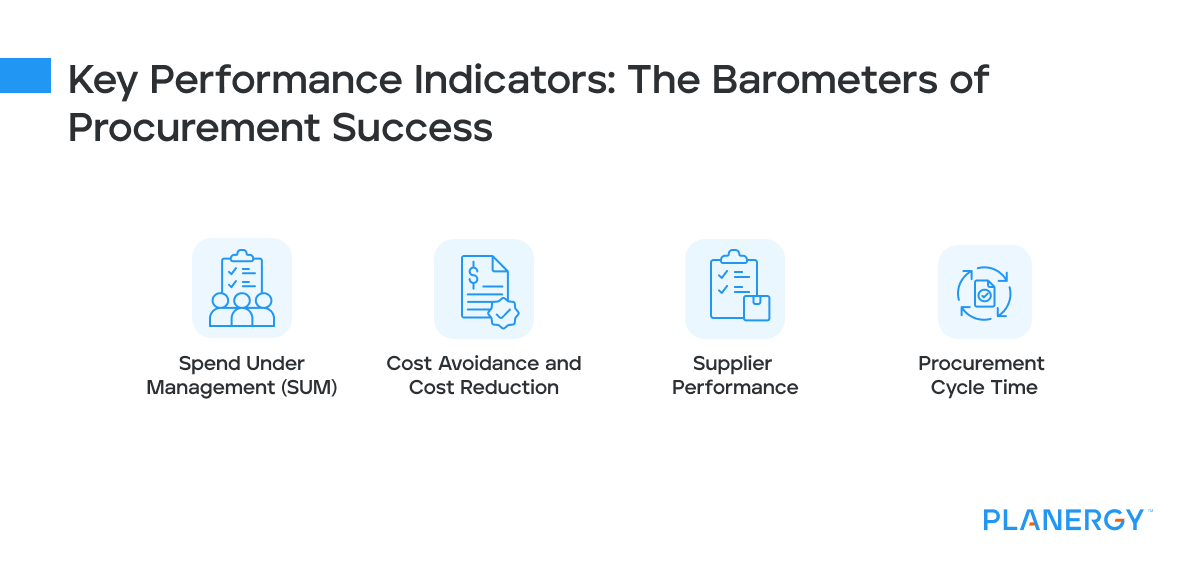A strategic procurement plan is not a static document; it’s a living and breathing roadmap that evolves with your business and the procurement landscape.
It’s essential for optimizing the efficiency and effectiveness of an organization’s purchasing activities.
This plan serves as a comprehensive guide for procuring goods and services that align with the organization’s goals and objectives.
Analyzing Your Spend
Conduct a thorough spend analysis for your organization.
This means examining every purchase made over a specific period to understand where the money goes.
It’s crucial to categorize these spends into different classes, such as raw materials, IT services, or office supplies.
Doing so lets you identify which categories you spend the most on and which suppliers are critical to your business continuity.
This analysis highlights areas of high expenditure, pinpoints maverick spending, and uncovers cost savings opportunities and better supplier negotiations.
Setting Procurement Objectives
After understanding your spending patterns, establish clear procurement objectives.
These should be specific, measurable, achievable, relevant, and time-bound (SMART) goals that support your organization’s broader mission and financial ambitions.
For instance, objectives could range from reducing procurement costs by a certain percentage to improving the quality of procured goods to achieving more sustainability.
The key is to ensure these objectives provide direction and purpose to your procurement strategy.
Crafting Your Sourcing Strategy
With a solid grasp of your spending and clear objectives in place, you can now develop a sourcing strategy that optimizes value for your organization.
This strategy should detail how you intend to select and engage with suppliers, manage risks, and achieve cost efficiencies.
It could involve diversifying your supplier base to mitigate risks, negotiating more favorable terms with existing suppliers, or adopting e-procurement tools for better spend management, improved workflows, and data-driven decision-making.
The sourcing strategy acts as a blueprint for how procurement activities should be conducted to meet your set objectives.
Implementing the Plan
Implementation is the phase where planning transitions into action. It requires careful coordination and communication across various departments within your organization.
Key activities include securing buy-in from senior management and other stakeholders, onboarding chosen suppliers according to the sourcing strategy, and aligning internal procurement processes with the new plan.
Training and change management may also be necessary to ensure all your procurement professionals understand their role in executing the strategy.
Monitoring and Adjusting
The final step involves ongoing monitoring of procurement activities against the set KPIs and objectives.
This includes regular reviews of supplier performance, cost savings achieved, and the overall effectiveness of the procurement strategy.
It’s important to remain flexible and responsive to any changes in market conditions or within your organization that might impact procurement.
The strategic procurement plan should be viewed as a dynamic document that can be adjusted and refined over time to continuously improve procurement outcomes.
Developing and implementing a strategic procurement plan is a cyclical and continuous process that helps organizations optimize their procurement activities.
By following these steps, organizations can ensure they are getting the best value from their suppliers while supporting their overarching business goals.









